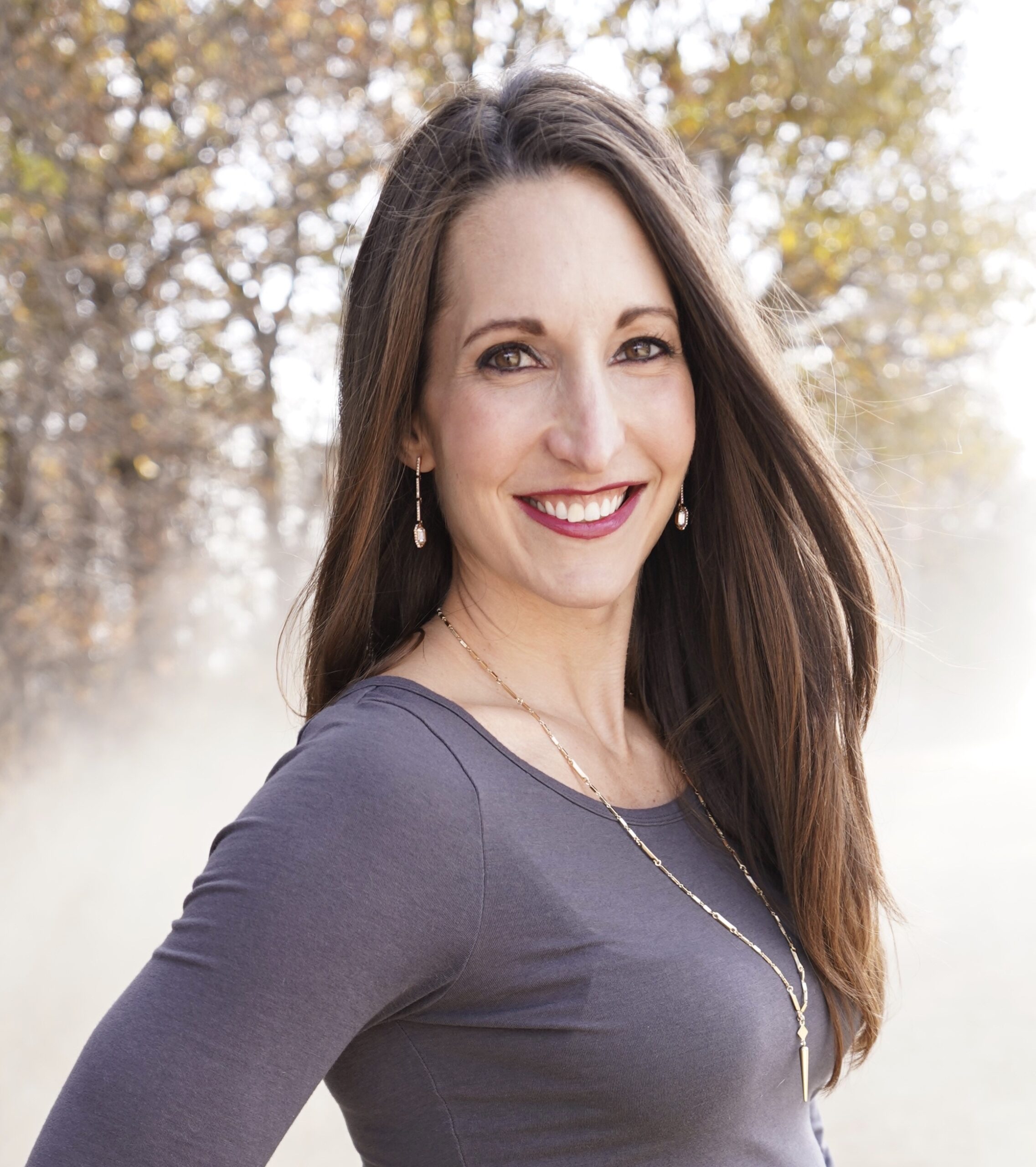The healthcare industry is defined by near-continual change. We’re in the middle of one of the largest generational changes in the industry’s history. The healthcare workforce is shifting, as members of the Baby Boom generation are retiring at a more rapid pace. Millennials will now make up the largest portion of the healthcare workforce.
A recent article from HealthStream identified two trends that come with this age shift and how the industry can benefit and adapt to them. This is my take on how it impacts contingent healthcare staffing.
Characterizing Millennials
Individuals vary in motivation and workstyle. At the same time, there are certain generational norms. Millennials typically have self-confidence and firmly believe in the value they provide to the workforce. They often will ask “Why?” and can be change agents. These characteristics can produce employees who are excited to embrace new challenges and learn new things. They also put more of a priority on balancing work life and home life, a characteristic that older healthcare workers focused on less.
What can you do as an organization to appeal to the millennials’ collective strengths?
- Emphasize using team-building approaches to the everyday problem-solving and ongoing education programs.
- Shift internal training and development toward electronic media, which is where millennials spend most of their time gathering information.
- Ensure you have high engagement with these workers to decrease their exit from your organization. Compared to others, this generation does not fear changing jobs or seeking new opportunities more frequently.
Alternative Learning Styles and Needs
With all this change, training remains essential part of healthcare. The learning styles of millennials differ from those in Generation X and the Baby Boomers. Applying a one-size-fits-all structure to training is not always effective. How can your organization design an informative, effective program?
- Identify the best learning and training style of the workforce that make up your employee roster. Depending on the age and experience, the needs likely will differ in terms of the way they prefer to learn, whether that be in-person presentation, online materials, hands-on training, or a combination.
- Try to customize a multi-dimensional style approach that encompasses several learning styles, while also catering to your facility’s unique environment and employees.
- Gather feedback throughout the process to identify your employees’ specific needs and what strengths you can build upon and where opportunities for improvement lie.
Policies, procedures, and healthcare practices change often, and will adapt to our changing workforce. Learning how to capitalize on the strengths of your employees and keep them engaged will ensure your workforce is happy, committed, and able to provide the best care your patients need and deserve.
 Courtney Dobernecker
Courtney Dobernecker
Courtney has been in healthcare staffing for 10 years, starting her career as an Account Manager with Aureus Medical Group in the Nursing Division before joining the MSP team in 2014. Prior to her current role, Courtney was an Operations Consultant for FocusOne, serving as the lead point of contact for clients in developing the best strategy for staffing initiatives at her client facilities. In her current role, Courtney focuses on meeting the needs of MSP clients by offering customized Medical Solutions’ offerings while providing optimum service, support, and solutions. Courtney graduated with honors earning her BS in Sociology from the University of Nebraska at Omaha.